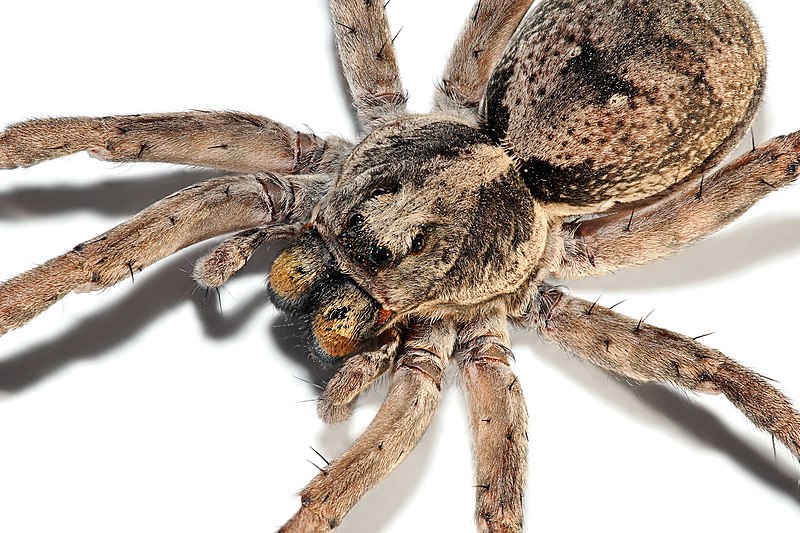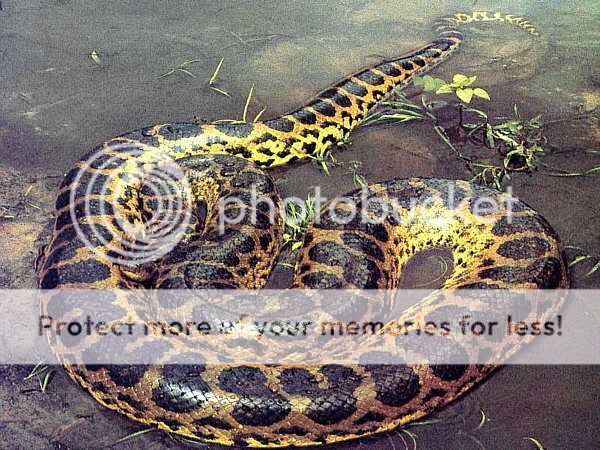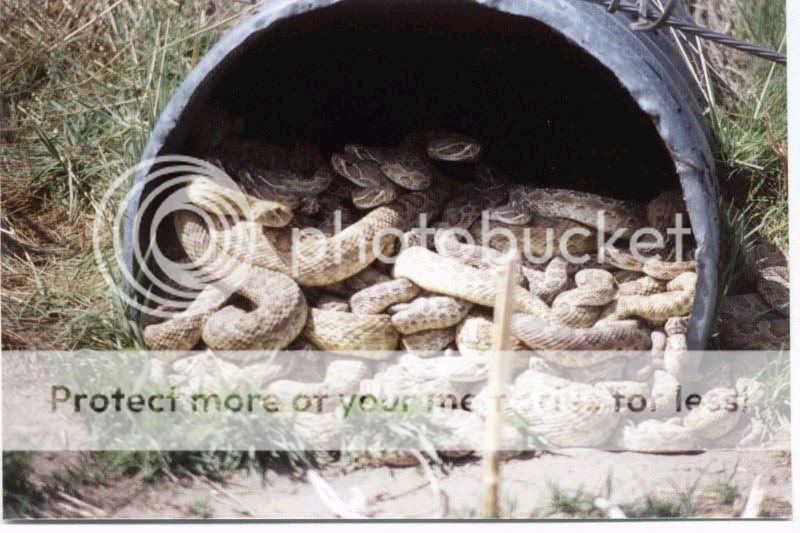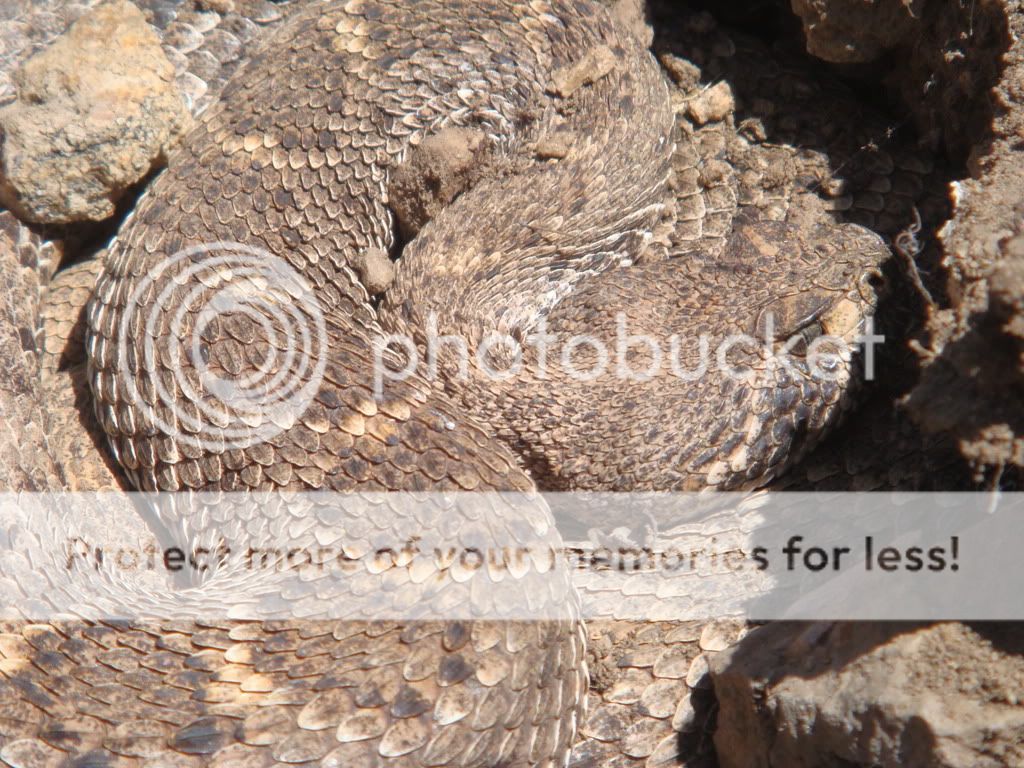Caz
ArboristSite Operative
Good deal : )

Pigmy are the little ones and are no way similar to corral the
corral is certain death if medical treatment is not expedient.
I don't mind Spiders Got a real big one in my shop his web even catches my Arch Nemesis the yellow jackets!I ran into one of these a few years back while cutting wood near a creek bed.

I quicky discovered that wolf spiders get a lot bigger than 2" across. This one was about the size of a tarantula. Scared the pee out of me. :censored:
You have to wonder what it eats? I don't care too much for big spiders or big snakes.
Yellow jackets are potentially deadly. They can sting you ten times apiece and continue to live. They usually attack in teams of 20 to 50. Thousands of them can live in one colony underground, usually feeding on buried logs or dead roots.I don't mind Spiders Got a real big one in my shop his web even catches my Arch Nemesis the yellow jackets!
Yellow jackets are potentially deadly. They can sting you ten times apiece and continue to live. They usually attack in teams of 20 to 50. Thousands of them can live in one colony underground, usually feeding on buried logs or dead roots.
Yellow jackets are mean critters and would just as soon sting you as look at you. When cutting down a dead tree, be on the lookout for them because they may have already started nesting around the taproot. They can also fly as fast as any bee alive. The hole in the ground leading to the main nest is about the size of a quarter.
I was talking about the venom, there bud. There are a couple of small rattlesnake species whose VENOM is similar to the coral snake in that it has a neurotoxin--makes it MORE toxic than other RATTLESNAKES.
The little ones are Mojave rattlers, or something like that, right? I know there are a couple that don't grow more than 2-3ft. that are neurotoxic, like coral snakes.
Man that's a huge rattler, Ive seen some bigguns down in saline county deer hunting. Weve killed some nice ones down in dallas county where we hunt now.This one was found around here by some utility workers last fall.

big or little, I don't want one to bite me. It's a big deal to get bitten by a poisonous snake of any size. Be careful, those snakes don't shed tears for us!




Now I've heard of Fish in a barrel, but WOW!!!! How many do you think was in there????. Bruce.JUst thought i would creep you guys out that don't like rattlers. At least they will warn you before they bite your :censored: . Thus the name the gentleman's snake.



TOO MANYHow many do you think was in there????. Bruce.
Yellow jackets are potentially deadly. They can sting you ten times apiece and continue to live. They usually attack in teams of 20 to 50. Thousands of them can live in one colony underground, usually feeding on buried logs or dead roots.
Yellow jackets are mean critters and would just as soon sting you as look at you. When cutting down a dead tree, be on the lookout for them because they may have already started nesting around the taproot. They can also fly as fast as any bee alive. The hole in the ground leading to the main nest is about the size of a quarter.
__________________
Doctor Ed
Its hornets that can keep stinging and live in the ground
Please read this:Its hornets that can keep stinging and live in the ground
I am supposed to get a good frost tonight and tomorrow. I have a large nest to deal withYellow jackets are potentially deadly. They can sting you ten times apiece and continue to live. They usually attack in teams of 20 to 50. Thousands of them can live in one colony underground, usually feeding on buried logs or dead roots.
Yellow jackets are mean critters and would just as soon sting you as look at you. When cutting down a dead tree, be on the lookout for them because they may have already started nesting around the taproot. They can also fly as fast as any bee alive. The hole in the ground leading to the main nest is about the size of a quarter.
The yellow jacket or the deer.LOLthen I got it mounted lol
Enter your email address to join: